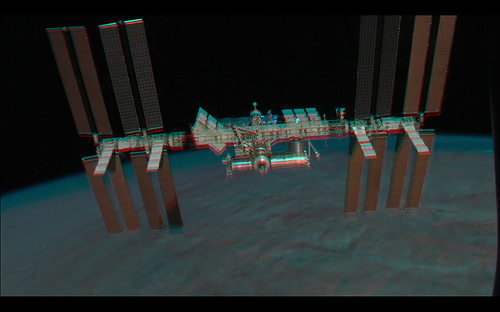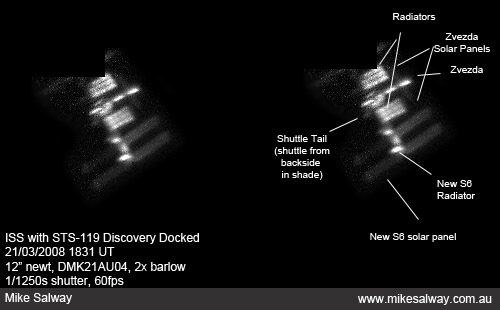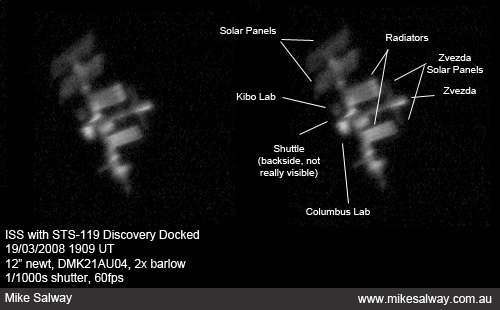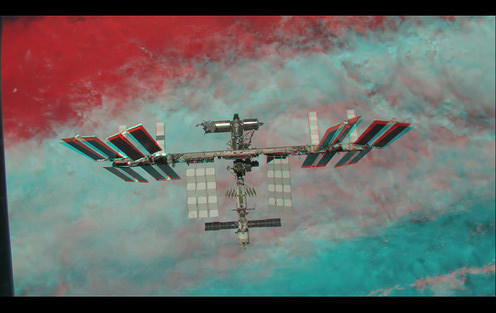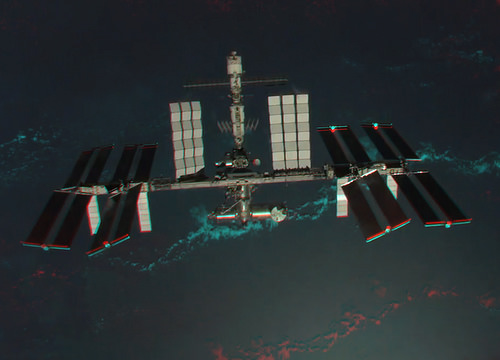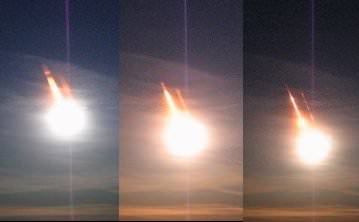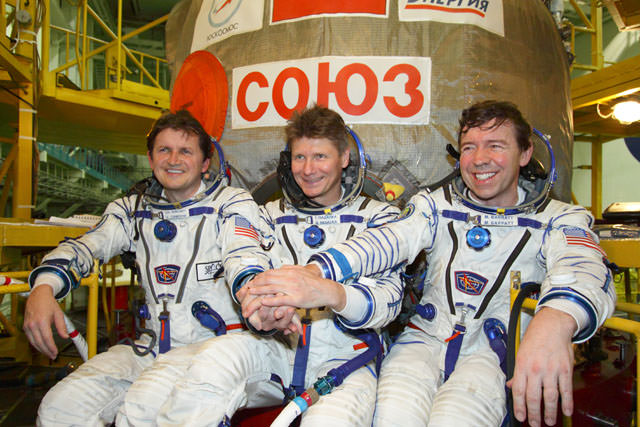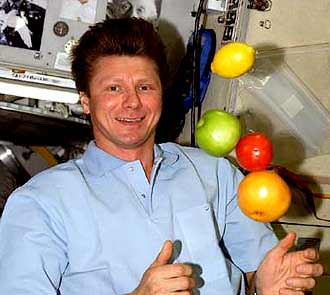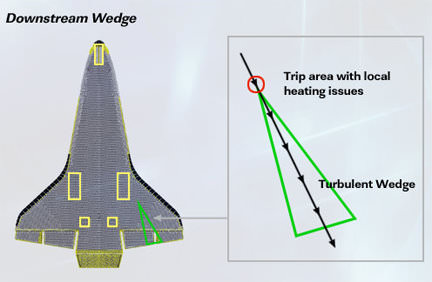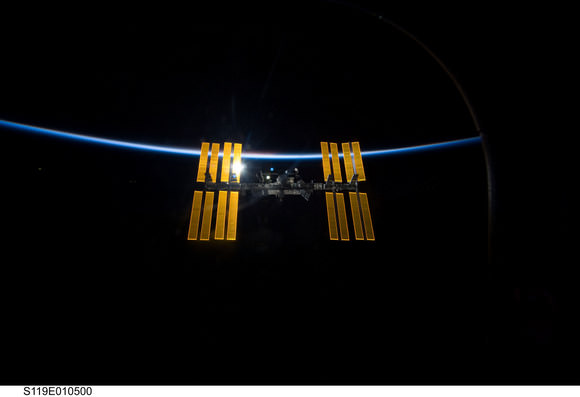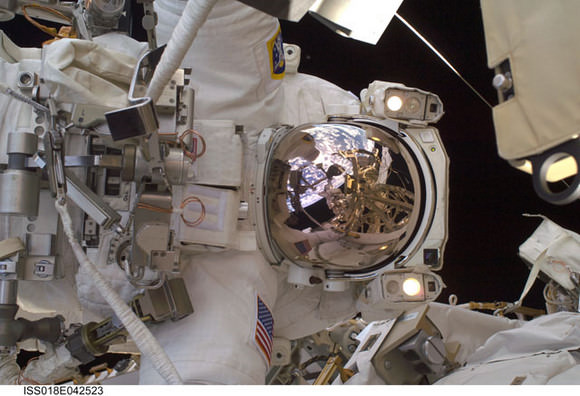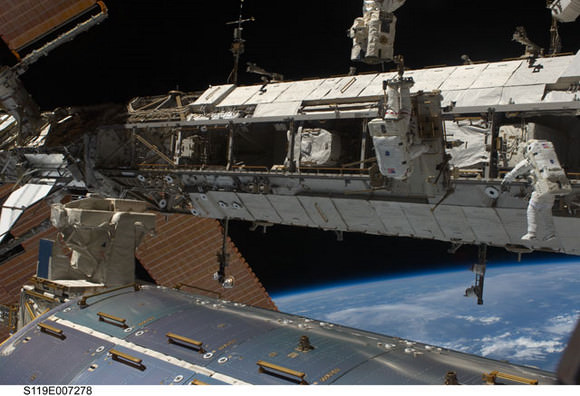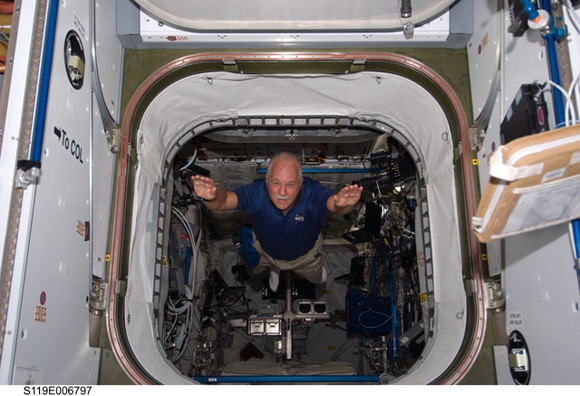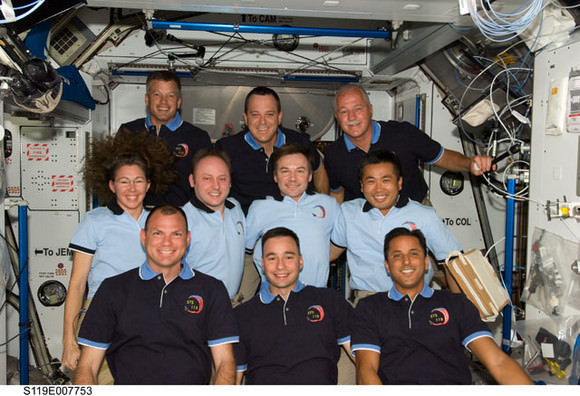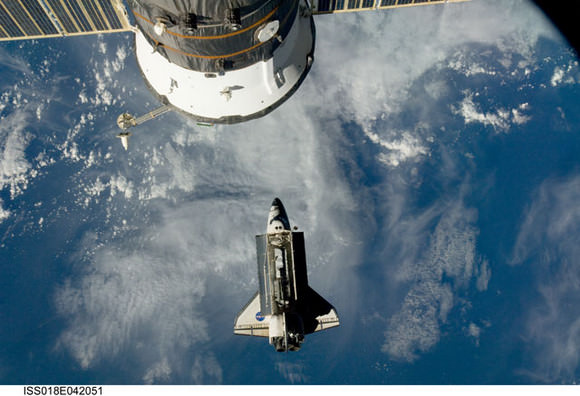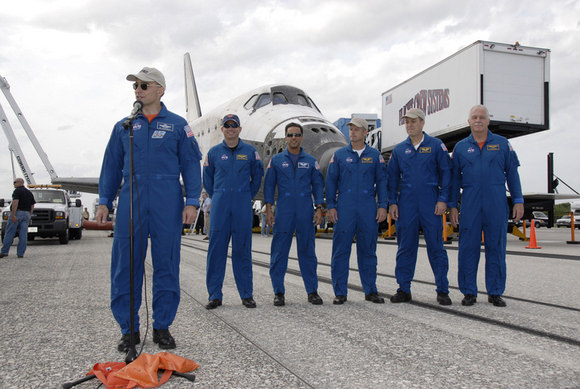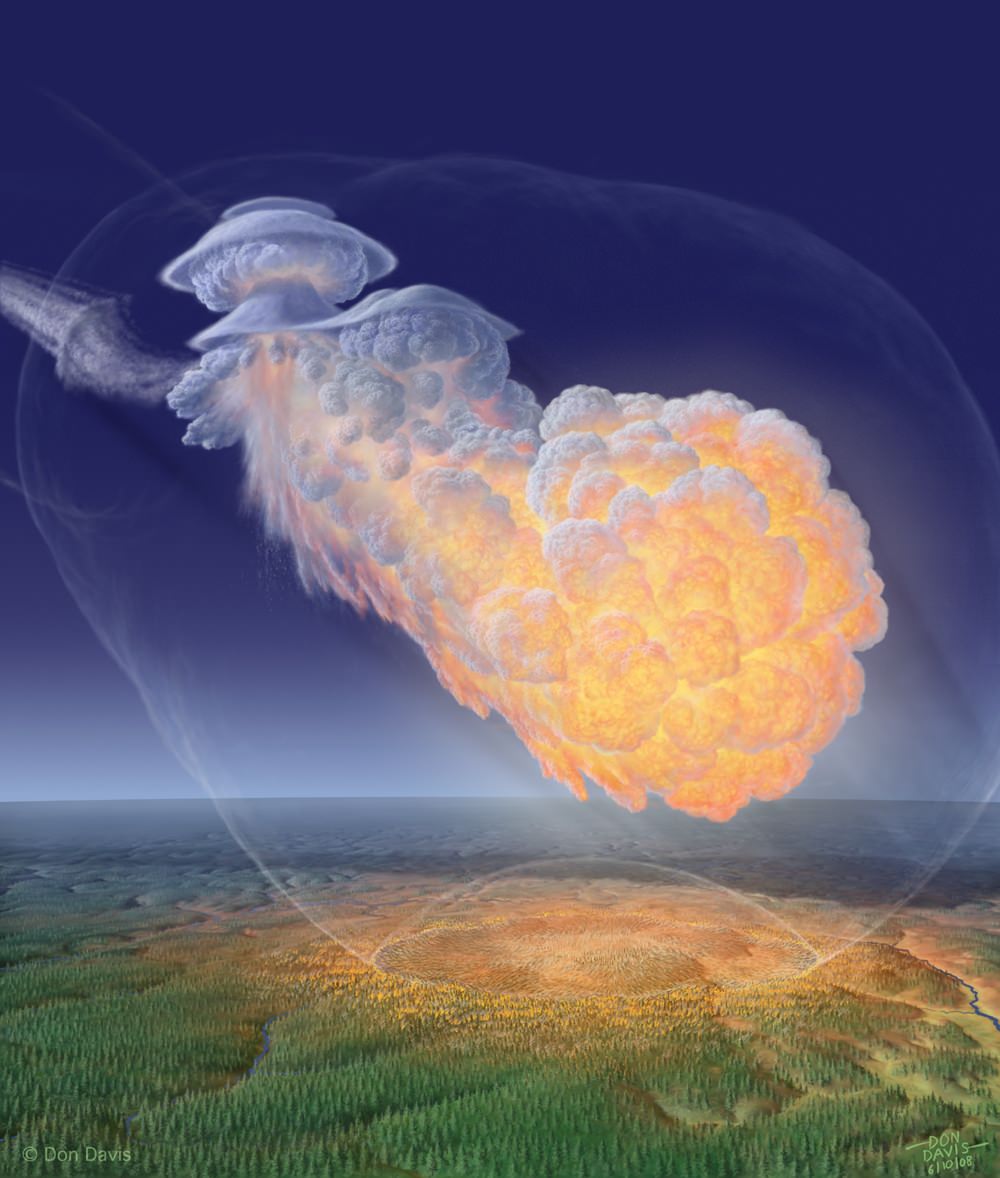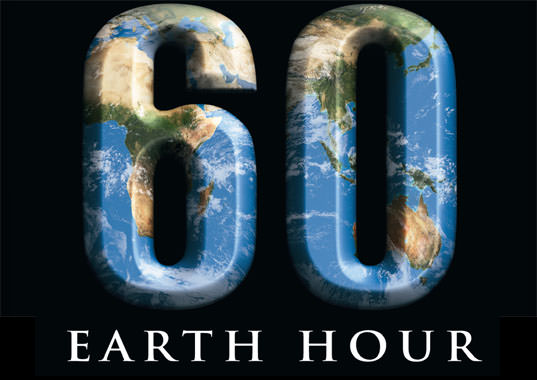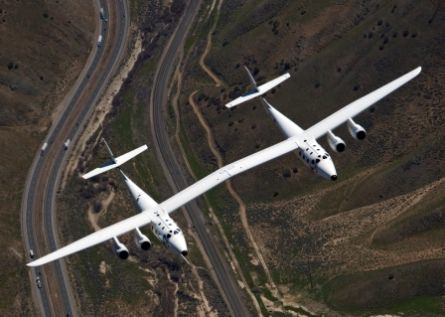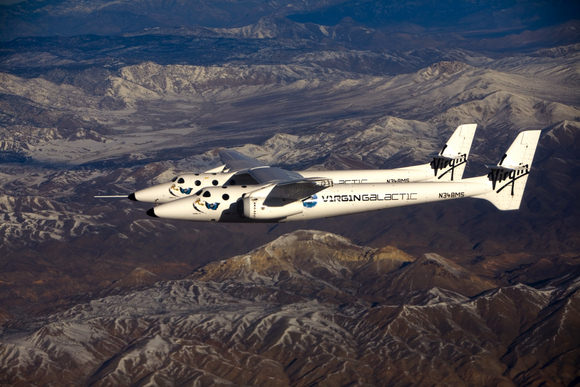Have you heard the word? In celebration of the International Year of Astronomy, there’s a worldwide event happening that will begin on April 2 and last through April 5, 2009. Public outreach activities, live science centers, research observatory webcasts and sidewalk astronomy events are only a small part of what you’ll discover when the “100 Hours of Astronomy Cornerstone Project” gets underway. Want to find out more about what’s happening? Then step inside…
What’s it all about? One of the goals of “100 Hours of Astronomy” is to get as many people as possible to look through a telescope – just as Galileo did 400 years ago. This four-day event will encompass astronomy clubs, groups, individuals, observatories, science centers and more around the world as they reach out to the public to achieve this common goal. During the opening ceremonies on April 2, Franklin Institute in Philadelphia will feature one of Galileo’s telescopes and the Director of the Institute and Museum of the History of Science in Florence, Italy, (home of the two remaining Galileo telescopes) will give a talk on the importance of Galileo’s telescopes and his discoveries. Also on April 2, select science centers will begin a live webcast featuring discussions on current topics in astronomy and remote telescope viewing. On April 3 another 24-hour webcast will begin when astronomers at professional research observatories around the world will take viewers inside their telescope domes and control rooms via camera.
One of the features of “100 Hours of Astronomy” will be a 24-hour Global Star Party on April 5, when telescopes – both solar and celestial) will be open for public viewing by astronomy clubs and observing groups around the world at no charge. And, beginning a dawn on April 5, we’ll celebrate “Sun Day” with more solar viewing! Just like our own IYA Live Telescope many observatories around the world are also offering access to their telescopes as well, where you can sign up for an opportunity to control a telescope in real time and take pictures, or have someone assist you.
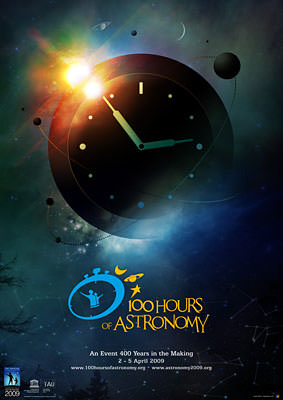 Where do you find a program near you? One of the best places to start is at the official website and the “100 Hours of Astronomy – Find An Event” page. Check your local newspapers, astronomy websites, radio broadcasts and libraries. If you can’t find anything nearby – then use what you have right in front of you! Thanks to Internet Magic “Around the World in 80 Telescopes” will begin at 9:00 UT on April 3 and last until 9:00 UT on April 4. Don’t miss you chance to take off to some of the most advanced ground- and space-based observatories around the world and off the planet!
Where do you find a program near you? One of the best places to start is at the official website and the “100 Hours of Astronomy – Find An Event” page. Check your local newspapers, astronomy websites, radio broadcasts and libraries. If you can’t find anything nearby – then use what you have right in front of you! Thanks to Internet Magic “Around the World in 80 Telescopes” will begin at 9:00 UT on April 3 and last until 9:00 UT on April 4. Don’t miss you chance to take off to some of the most advanced ground- and space-based observatories around the world and off the planet!
One of the highlights of this project will be an opportunity to peek into ESA’s XMM-Newton and Integral satellite control rooms in Spain. Viewers will get an insight into two space observatories, XMM-Newton and Integral, an opportunity to meet astronomers working on these missions, a sneak preview at a pretty new XMM-Newton image of Messier 82, and a chance to participate in a student competition using data from the Integral satellite. This live 24-hour video webcast is organized by the European Organization for Astronomical Research in the Southern Hemisphere (ESO) and was initiated by the International Astronomical Union and the United Nations Educational, Scientific and Cultural Organization. Don’t miss this spectacular opportunity!
How can you participate? If you, or your astronomy group haven’t registered a program yet – do it! Even just a few hours of setting up a telescope is a great way to participate in this monumental global event celebrating the International Year of Astronomy. Drop a line to your local newspaper or phone your local radio station and ask them to promote your project. Even if you just set your telescope up on the sidewalk for a few hours and treat your neighbors to a view of the Moon or Saturn, you’ll be honoring Galileo and all that he stands for.
What are you waiting for? Go ahead and list your “100 Hours of Astronomy” event here, too!
Wishing you clear skies….
The “100 Hours of Astronomy” Banner is courtesy of 100 Hours of Astronomy and the “80 Telescopes Logo” is courtesy of ESA IYA 2009. We thank you!


